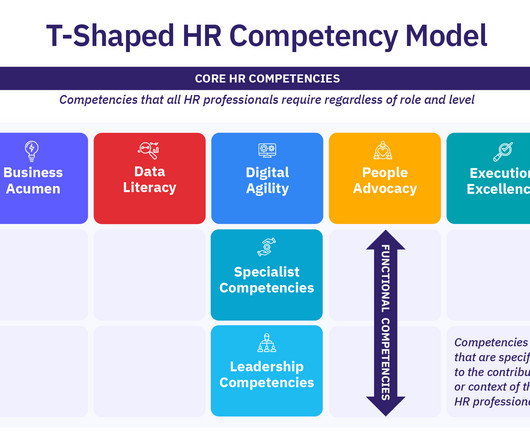HR Business Partner: All You Need To Know About the Role
Analytics in HR
JULY 7, 2023
When they know the company, they make better choices, are better at aligning L&D practices with what the industry is looking for, and will make more impact. The role of an HRBP has to become more strategic to help organizations increase their productivity, profitability, and competitiveness.

















Let's personalize your content